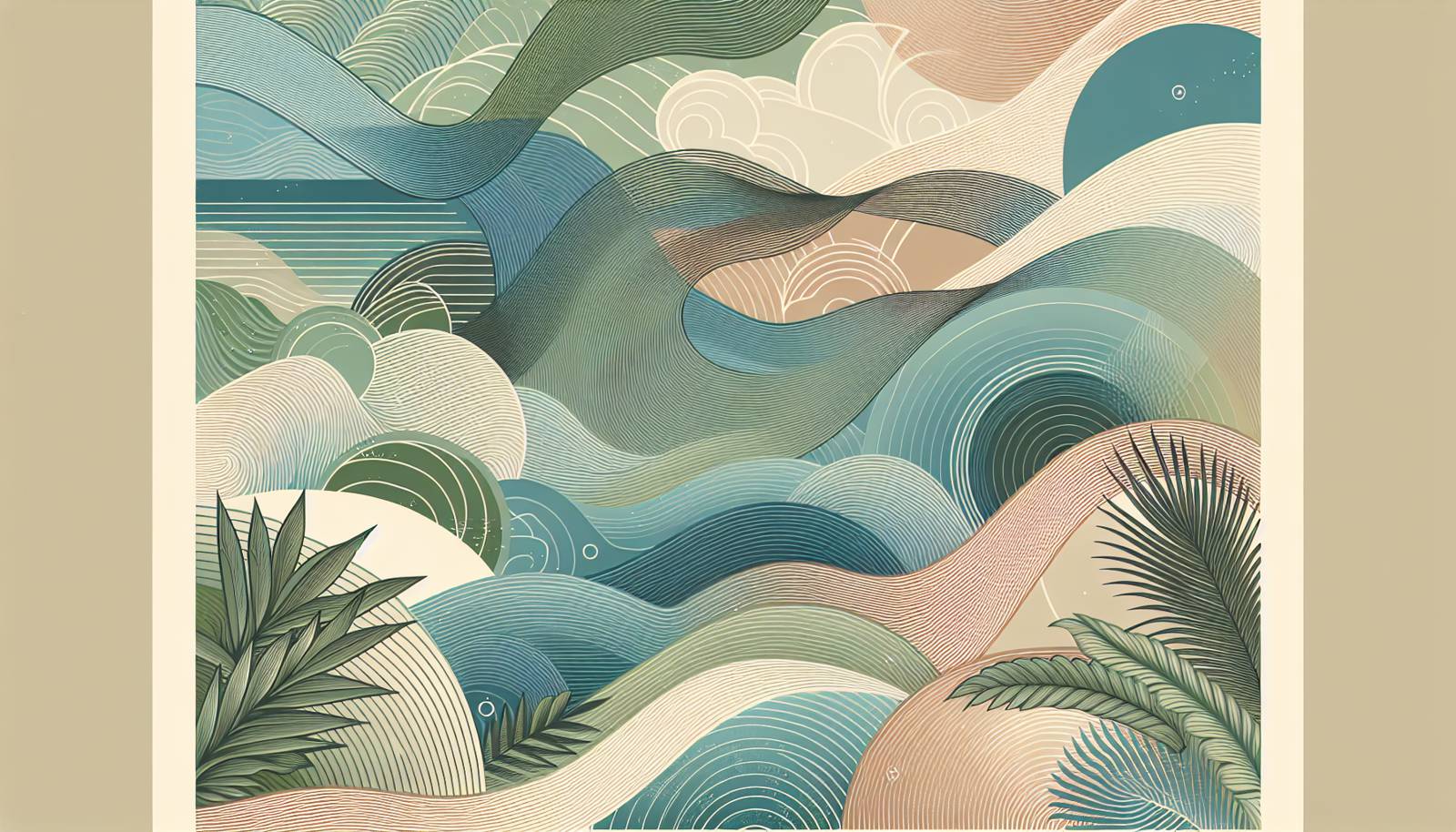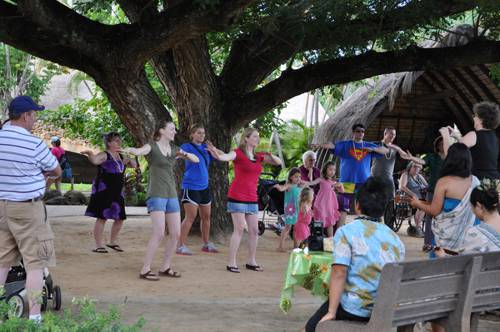
FAQ About The Role of Hula in Hawaiian Cultural Identity

What is the historical origin of hula?
Hula has its roots in ancient Hawaii, where it was created as a form of storytelling and religious practice. The dance was used to honor deities, preserve myths and legends, and express social or political commentary. Passed down orally through generations, it is a vital part of Hawaiian heritage.

How does hula reflect Hawaiian cultural identity?
Hula is a profound expression of Hawaiian cultural identity, encapsulating history, spirituality, and community values. Through its movements, chants, and music, hula tells stories of the islands' creation, the exploits of gods and goddesses, and the values of harmony and mutual respect among people and nature.

What are the different types of hula?
There are primarily two types of hula: Hula Kahiko and Hula 'Auana. Hula Kahiko is the traditional form that features ancient chants and traditional percussion instruments. Hula 'Auana is a modern version influenced by Western musical instruments and melodies but still deeply connected to cultural themes.

What role do music and chant play in hula?
Music and chant are integral to hula, providing rhythm and narrative context to the dance. Traditionally, chants ('oli) narrate the stories, while percussion instruments set the pace and mood, ensuring the dance remains a deeply immersive storytelling device aligned with Hawaiian oral traditions.

In what ways has hula been influenced by external cultures?
Since Western contact in the 18th century, hula has evolved by incorporating new instruments such as the ukulele and guitar, giving rise to Hula 'Auana. Despite these influences, traditional elements remain strong, and many practitioners are committed to preserving the authentic forms of the dance.

How does hula serve as a form of storytelling?
Hula serves as a dynamic form of storytelling where dancers use symbolic gestures to narrate tales from Hawaiian mythology, history, and daily life. Each movement corresponds to specific elements of the story, allowing practitioners to convey complex narratives and emotions through dance.

What is the significance of the hula costume in performances?
Hula costumes are significant as they reflect the historical and cultural context of the dance. For Hula Kahiko, performers wear traditional attire made from natural materials such as grass skirts and leis, embodying their connection to nature. For Hula 'Auana, costumes might be more contemporary but still draw from cultural symbols.

How is hula used in cultural ceremonies and festivals in Hawaii?
Hula plays a central role in Hawaiian cultural ceremonies and festivals such as the Merrie Monarch Festival. It is often used to mark important community events, religious observances, and to honor deities, showcasing the deep spiritual ties and communal solidarity among Hawaiians.

What is the Merrie Monarch Festival?
The Merrie Monarch Festival is an annual week-long cultural event held in Hilo, Hawaii. It is the most prestigious hula competition in the world and aims to preserve, perpetuate, and promote the art of hula and the Hawaiian culture through competitions, workshops, and showcases.

How is hula taught and passed down through generations?
Hula is traditionally taught in a hālau, or school, where the kumu hula (hula teacher) imparts knowledge to students. Instruction is immersive, combining physical practice with learning the history and chant associated with each dance. This ensures the dance's cultural integrity is passed down intact to new generations.

Why is hula considered both an art form and a spiritual practice?
Hula is considered an art form due to its aesthetic and creative expression through movement and oral narrative. Simultaneously, it serves as a spiritual practice because it is often performed as a form of worship and connection to the divine, reflecting the spiritual traditions and beliefs of Hawaiian culture.

What misconceptions do people have about hula?
A common misconception about hula is that it is merely a form of entertainment. In reality, hula is a complex and meaningful art form that involves deep historical, cultural, and spiritual elements, serving roles far beyond just entertainment.

How has hula helped in preserving the Hawaiian language and culture?
Hula has been instrumental in preserving the Hawaiian language and culture by maintaining oral traditions. Through hula, the Hawaiian language is kept alive in chants and songs that continue to be an integral part of the practice, helping to educate and engage younger generations in their cultural heritage.

What are the typical instruments used in hula performance?
Traditional instruments used in hula performance include the pahu (drum), ipu (gourd percussion), and various forms of rattles and shakers. These instruments provide rhythmic accompaniment to chants, aligning the dancers with the tempo and enhancing the emotive power of the performance.

Are men also involved in hula dancing?
Yes, men have traditionally participated in hula alongside women. Men perform with great strength and precision, and their involvement is often focused on particular styles and stories that may emphasize warrior themes or divine male figures in Hawaiian mythology.

How do hula dancers prepare for performances?
Hula dancers prepare for performances through rigorous practice, focusing on perfecting movements and memorizing chants. This preparation often involves spiritual elements, such as meditation or rituals, to ensure they are mentally and spiritually aligned with the story they are about to convey.

What are the educational benefits of learning hula?
Learning hula offers educational benefits such as improved physical fitness, rhythm, coordination, and cultural understanding. It promotes discipline and respect for tradition, and by understanding the stories and language, learners gain a deeper appreciation of Hawaiian history and cultural values.

How has hula influenced popular culture outside of Hawaii?
Hula has influenced popular culture worldwide, particularly in its adoption into mainstream music and dance. It has been romanticized in Hollywood movies and tourism, often seen simplified as a dance of the tropics. Nonetheless, authentic hula performances continue to educate audiences on its deeper cultural significance.

What challenges does hula face today in modern society?
Challenges for hula today include cultural commodification and loss of authenticity due to commercialization. There is also a struggle to maintain the purity of traditional forms in the face of evolving cultural influences, which can dilute the traditional narratives and spiritual elements tied to the dance.

How do hula and Hawaiian language influence each other?
Hula and the Hawaiian language are intertwined, with dance acts serving as a medium for language preservation. Songs and chants in hula utilize the Hawaiian language, making it accessible and relevant to audiences, while also ensuring that the language continues to play a vital role in conveying tradition and identity.
